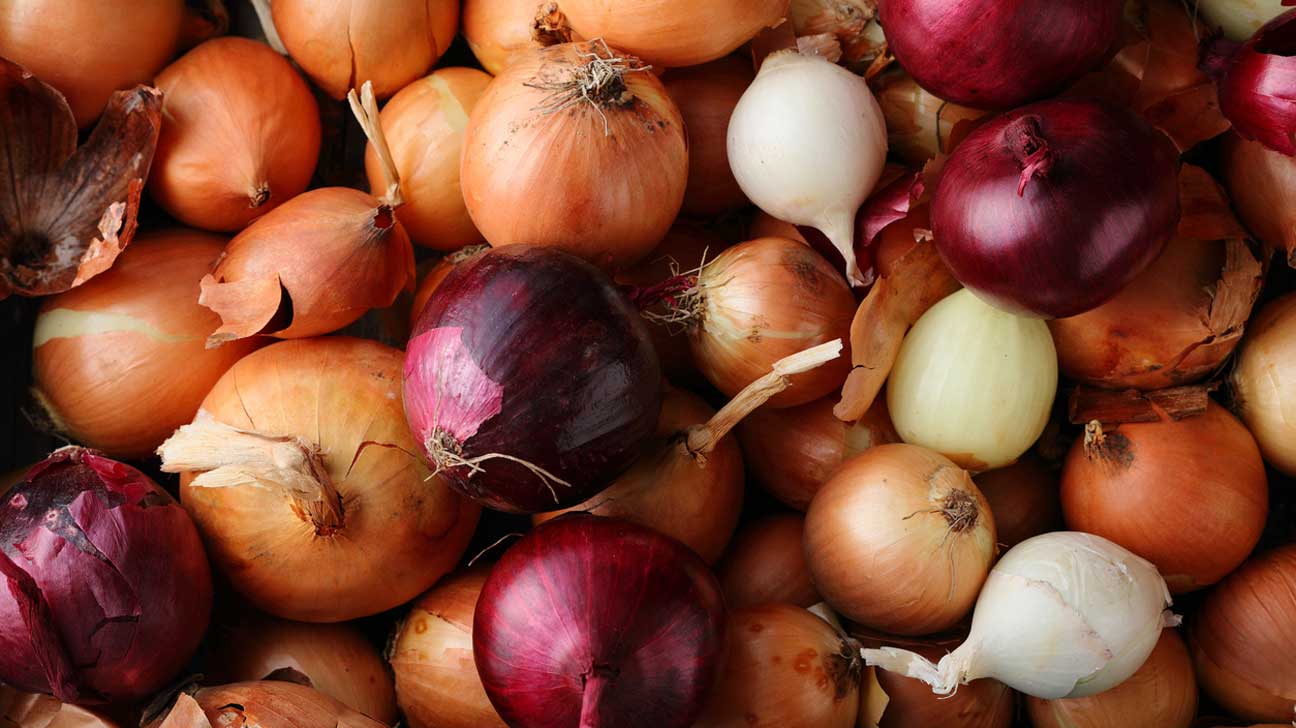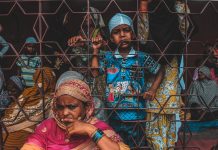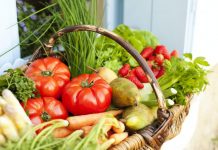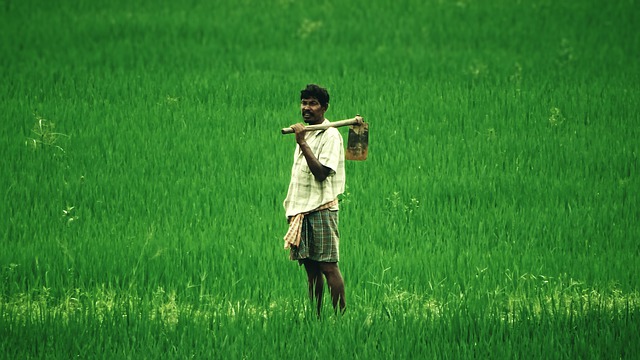Shalini Mondol may not be reading research papers and newspaper articles on India’s unprecedented economic crisis and the negative implications that it is having for the job market or the challenges it is posing before the government to stabilise the rising prices of consumer items, but like millions of ordinary citizens across the length and the breadth of the country, she surely is bearing the brunt of the economic slowdown in recent months. What is more, for the past six months Shalini Mondol is being torn between two different but intrinsically important choices, as a mother Shalini has to make a choice whether she wants to spend the larger portion of her family’s meagre income on educating the children or feeding them well.
Shalini is not alone in this existential dilemma, she like many other people from low income families have to make difficult choices between education, food, healthcare just in order to survive. Shalini earns just fifteen thousand rupees a month by working as a domestic help in uptown Kolkata. She lives in the city’s suburbs with her husband who works as a daily wager at nearby construction sites for the larger part of the year and her son who attends a municipal school in the vicinity.
The neighbourhood comprises largely of families that are extremely poor and have erratic employment opportunities, the neighbourhood does not have even basic amenities like a primary healthcare centre or facilities for drinking water and sanitation. For a young mother like Shalini Mondol life is indeed a challenge and to be able to manage the household, send her only son to school and to save a little bit for emergencies, is seeming like next to impossible. Her husband has an erratic income and does not earn more than an average of Rs 6000 a month. The couple has to pay about Rs 4 thousand from their meagre income as rent for their home in the slum.
It is Shalini Mondol’s income alone that sustains the household and even despite her tiring and exhaustive schedule she had been able to send her son to a nearby school. She aspires for her son to study well and gain a respective post in a government office and to certainly not lead a life which his parents have had to see.
Ramakanti Das too has a similar story to tell. As a widow and mother of three, life has been heavly impacted in the light of India’s ongoing economic slowdown. She works as an office assistant and earns a sum of Rs 10,000 per month but the larger portion of this already meagre income is spent in paying the rent for a grumpy looking cottage that she has rented out in the slum and in travelling to her workplace. Only her eldest son goes to the nearby municipal school, three months ago she had to pull out her daughters(who she tells us were very keen on their education and were doing well too, despite the odds) when she had to make a choice between schooling all her children and feeding them two times a day. The stories of struggle and difficulty, hardship and economic strain experienced by people like Shalini Mondol and Ramakanti Das remind us of the fact that it is India’s working class that is the worst hit by the economic crisis that has hit India most severely in the past couple of months. The relentless price of food and essential consumable commodities had made it increasingly difficult for a large section of ordinary people to survive especially in urban areas.
Even if we look at the way in which prices of essential vegetables and other food commodities have risen in recent months, we would be able to gain a fair idea of what a large section of Indians are having to go through.
In early 2019, the price of 1KG of Onions was between Rs 35-40
Since late 2019, the price of 1KG Onions was first Rs 120, and now it is around Rs 80.
Dals, rice, flour and vegetables still have their prices between 10-30% more than what they were in October,2019.

Harilal Ojha, a hawker who sells socks and handkerchiefs along with pens and torches inside Kolkata’s local trains tells us how his family has made major adjustments in there food choices and other expenses, just in order to make sure that their children’s education is not compromised. His wife works as a domestic help from early morning till late evening and also takes up regular stitching and sewing assignments to add to the family income. They have a son and a daughter who are training at a private industrial training institute and doing a beauty parlour course from a neighbourhood training centre respectively.
Harilal Ojha and his wife work from early morning till late in the evening but even then find it very difficult to make two ends meet. They had been saving Rs 2500-3000 per month towards their children’s education until two years ago but in recent times, their savings too have dropped to zero while meals keep getting costlier.
Shalini Mondol, Ramakanti Das, Harilal Ojha and his wife are among the millions of ordinary Indians whose lives have drastically changed with the rising prices of food and other essential commodities.
Dals and vegetables that would be purchased for one day are used for at least there days now, parents like those whom we spoke to, don’t change their worn out clothes and slippers just to prioritise their children’s education and ensure that they are fed at least two times a day, even medical appointments are postponed to hypothetical “better days” and life becomes nothing short of a tight rope walk.
The picture that eminent economists are showing us looks grim and we are told that even for the upcoming three to four months we should brace ourselves for more stifling economic crisis and the resultant rise in price of food and other essential commodities. It is possible that food inflation continues till the middle of the year and if India continues to retain tensions with the Middle-East and there is an increase in oil prices, the price rise of food commodities may exist even longer than what we can estimate at present. It is also to be acknowledged that, a large part of India saw the rise in prices of fruits and vegetables due to large scale crop damage and unusual rains that dramatically hit supplies. Onions saw a 200% price rise in November-December 2019, sparked off by a poor Rabi harvest. But economists do not attribute the price inflation of wheat and other cereals to natural reasons.
What is interesting to note amidst this crisis is the fact that the Food Corporation of India’s Granaries which is responsible for stocking food grains such that they could be used during calamities, has been overflowing with grains since the last year.
In July 2019, the FCI had 4.8 million tonnes of wheat storage, as against the buffer norm of 27.5 million tonnes. It had double the stock of rice than the buffer norm of 13.5 million tonnes. Economists look at such a step as the cause for an ‘artificial inflation’ in cereal prices.
Food inflation means sustained and elongated periods of struggle and difficulty for a large section of Indians. Food inflation means watery meals, improper nutrition or even an absence of food from the lives of a large section of the Indian population. With essential commodities costing a fortune and the job market rapidly shrinking, it is the ordinary working class that continues to be worst hit in these economically bleak times. The stories of Shalini Mondol, Ramakanti Das and Harilal Ojha are not exceptions but have become the very norm in a deeply fragmented, unequal and throughly hierarchical society like India.














